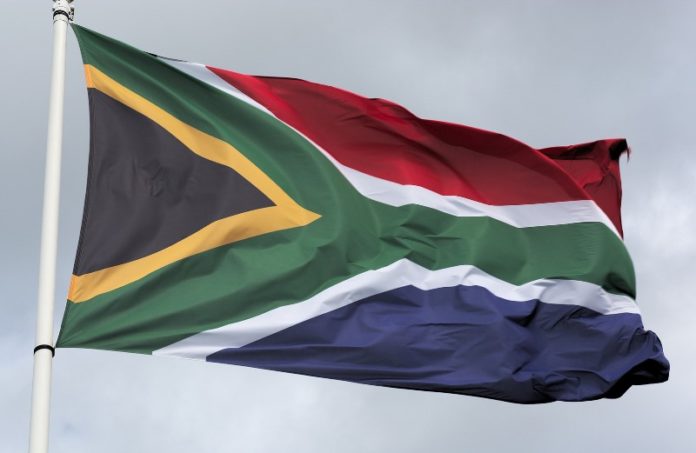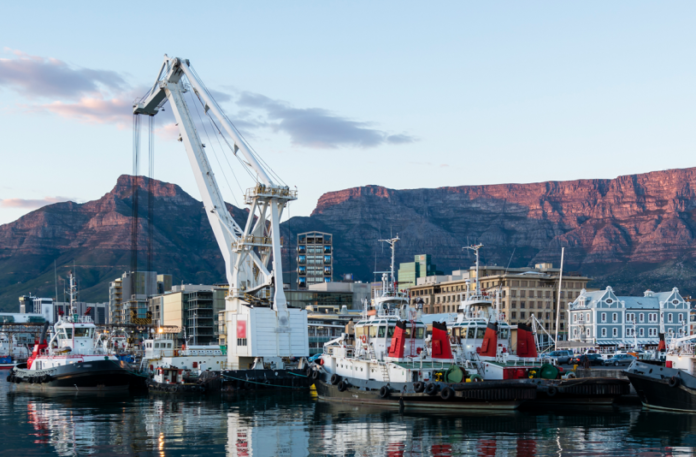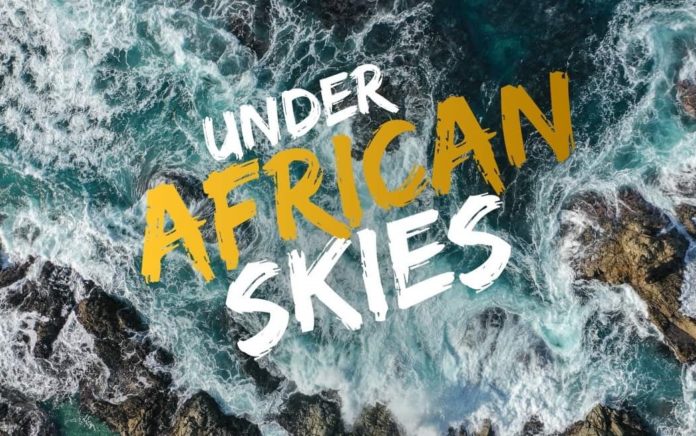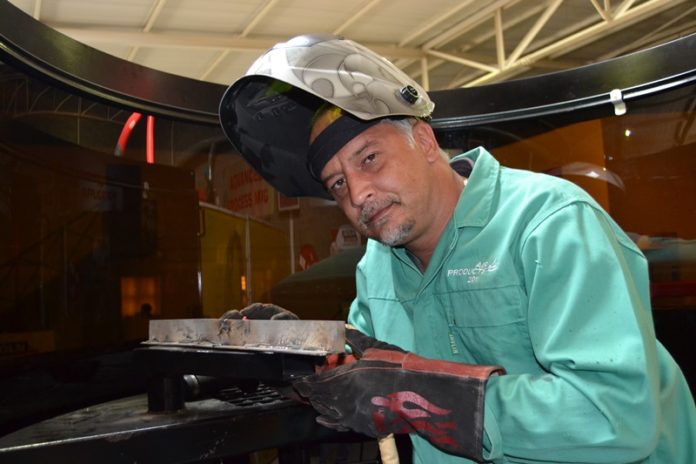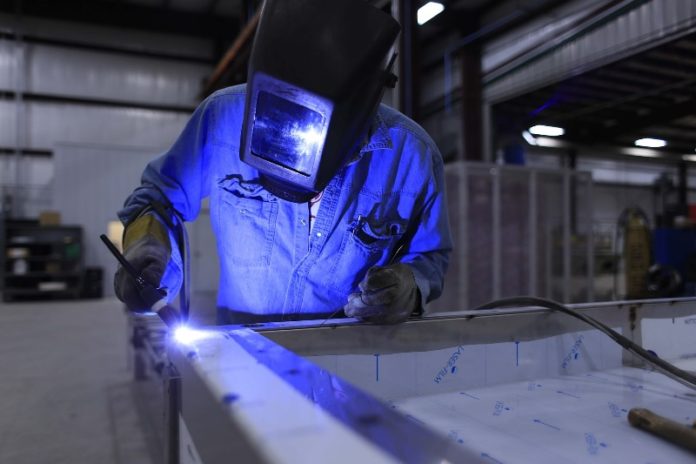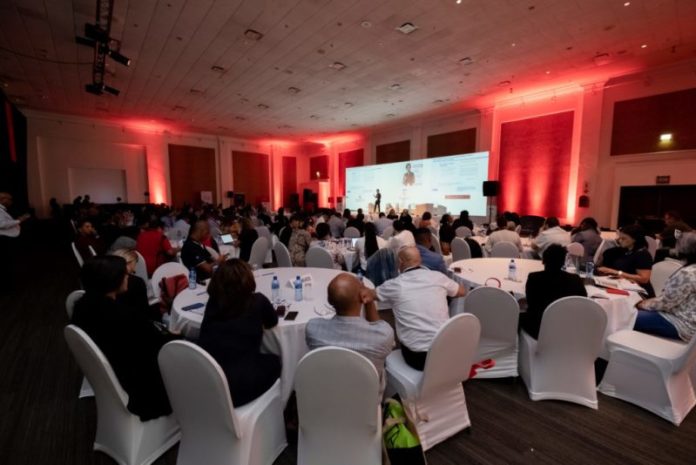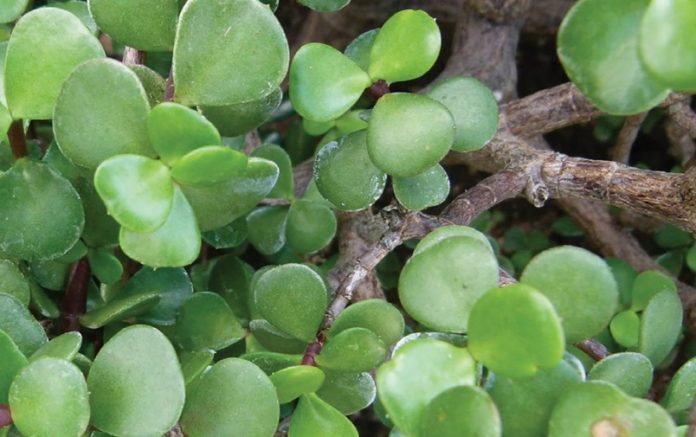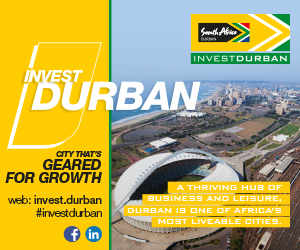Manufacturing costs have increased significantly in the last few years due to a number of external factors. The current challenge for manufacturers is to manage costs in the welding process without compromising quality or output.
One way to manage the costs is to ensure that the correct material and processes are used from to onset to avoid unnecessary costs as a result of unsuccessful welds or rework.
Welding Specialist at Air Products, Sean Young explains for a weld that is successful, the source melted and the components to be joined, needs to be protected from oxidation and atmospheric contamination. This can be achieved by means of a flux or by using a shield gas. In the case of shielding metal arc (SMA) electrodes or submerged arc processes, a flux is used, whereas a gas shield is used with gas metal arc welding (GMAW), gas tungsten arc welding (GTAW) and most flux-cored processes.
Selecting optimised shielding gas mixtures for gas metal arc welding (GMAW) of carbon steel is one way in which the costs can be evaluated and minimised. For Air Products, it is important to provide different solutions to customers which suit their specific needs, and furthermore assist with cost savings where possible.
One way to manage the costs is to ensure that the correct material and processes are used from to onset to avoid unnecessary costs as a result of unsuccessful welds or rework.
Young offers specialist services and advice to customers on various components of the process, one of which is the selection of shielding gas. According to Young, it is important to look at the welding process, the material, its thickness and the metal transfer mode.
The weld properties are affected by shielding gases, and in order to optimise the choice of shielding gas, it is important to take all the elements into account that can affect the quality of the weld, such as spatter, bead profile, fusion and penetration.
Air Products offers a variety of shielding gases and mixtures
A number of mixtures and shielding gases are commonly used for welding:
- CO2 is largely used for GMAW in dip transfer mode of carbon steels
- Argon is suitable for GMAW of non-ferrous materials and all GTAW applications
- Argon/CO2, Argon/O2, Argon/CO2/O2 mixes are used for GMAW of carbon steels as well as stainless steels
- In the case of more advanced GTAW applications, more exotic argon/helium and argon/hydrogen mixes are available
- T4dcWith more advanced GMAW applications, Argon/He/CO2 and Argon/H2/CO2 mixes are available
Sean Young elaborates on Argon and CO2: ”In any mixed shielding gas cylinder, argon is generally the dominant gas. In its pure form, it is an inert gas which is used to keep other gases out and has no chemical effect on the deposited metal weld. On its own, argon is used for all tungsten inert gas welding (GTAW/TIG) and GMAW aluminium and copper and its alloys.”
He further explains that pure CO2 is perceived as the original shielding gas for GMAW and is widely used for general purpose welding of steels today and it is a cost effective shielding gas. However, CO2 can destabilise the arc and cause spatter as it violently dissociates into carbon monoxide and oxygen in the arc. This leads to a hotter arc with deep penetration, causing a large droplet formation which is known to restrict the use of the CO2 to a dip-transfer mode.
Improving welds with active gas additions
Adding minority percentages of active gases such as oxygen and carbon dioxide can make significant improvements to the argon shielding gas for GMAW of carbon steels and stainless steels. “Adding small percentages of oxygen leads to a shielding gas with improved wetting action and it also decreases the surface tension of the molten metal, producing a flatter weld. Furthermore, the pinch-off effect is accelerated and smaller droplet sizes created. The result is a more stable metal transfer, a softer arc and reduced spatter,” says Young.
…improving welding stability plays a major role in total welding costs.
An improved transfer stability ensures that the GMAW welding process is less sensitive to welding parameters and more tolerant to voltage and current variation. Ultimately, this leads to reduced time for machine set-up which improves the overall productivity. Young says that an argon/oxygen mixture of up to 2% oxygen is the ideal for stainless steel applications.
In instances where CO2 is added to Argon in a two-part mix, there is an improvement in the penetration of carbon steel joints. A limit in the percentage CO2 plays a role to obtain a smooth metal transfer in the spray transfer mode and to overcome instability issues.
According to Young, you obtain an improved penetration and welding speed when increasing the CO2 as a result of the increase in temperature in the welding arc. He warns that more than 15% CO2 in argon causes spatter and the instability to re-emerge. According to him, 15% is optimal and in the case of thinner materials where penetration is not required, 3% CO2 is sufficient.
The benefits of three part mixes
GMAW shielding gas mixtures can be optimised to provide the best weld properties for particular applications by combining the benefits of CO2, O2 and argon.
Young elaborates on three part mixtures: “The mixtures generally consist of argon with CO2 of up to 15% and O2 of up to 3%. It is possible to improve the arc stability, optimise metal transfer characteristics, minimise spatter generation and improve penetration and the bead profiles by using all three the gases.”
He explains that there is a vast difference between two part and three part mixtures, in particular when you look at the spatter generated during the welding process – three part mixtures generates far less spatter. “In the long run, welding costs accumulate when you take the time and cost of post-weld activities and cleaning up into consideration. A slightly more expensive gas mixture might make it worthwhile to switch if an accurate cost comparison is done.”
There are numerous other benefits of using three part mixtures: increased quality, ease of use, welding stability is more tolerant to variations in parameter settings, improved profitability, productivity and efficiency.
GMAW shielding gas mixtures can be optimised to provide the best weld properties for particular applications by combining the benefits of CO2, O2 and argon.
Young concludes by explaining that improving welding stability plays a major role in total welding costs. He mentions an example of when you draw a direct comparison between a two part argon/CO2 mix and Air Products’ MagMix3 (three part mix with CO2 in the 5% range), in which case the welding time for a 30cm weld was reduced from 58 to 48 seconds. “This translates into a 20% increase in welding speed with reduced post-weld grinding required, less spatter and a cleaner look.”
Air Products strives to assist customers in streamlining processes and offers solutions to increase production and productivity. As the welding specialist, Sean Young is able to provide expert advice on alternative options when selecting gases.
For more information on Air Products, visit www.airproducts.co.za




